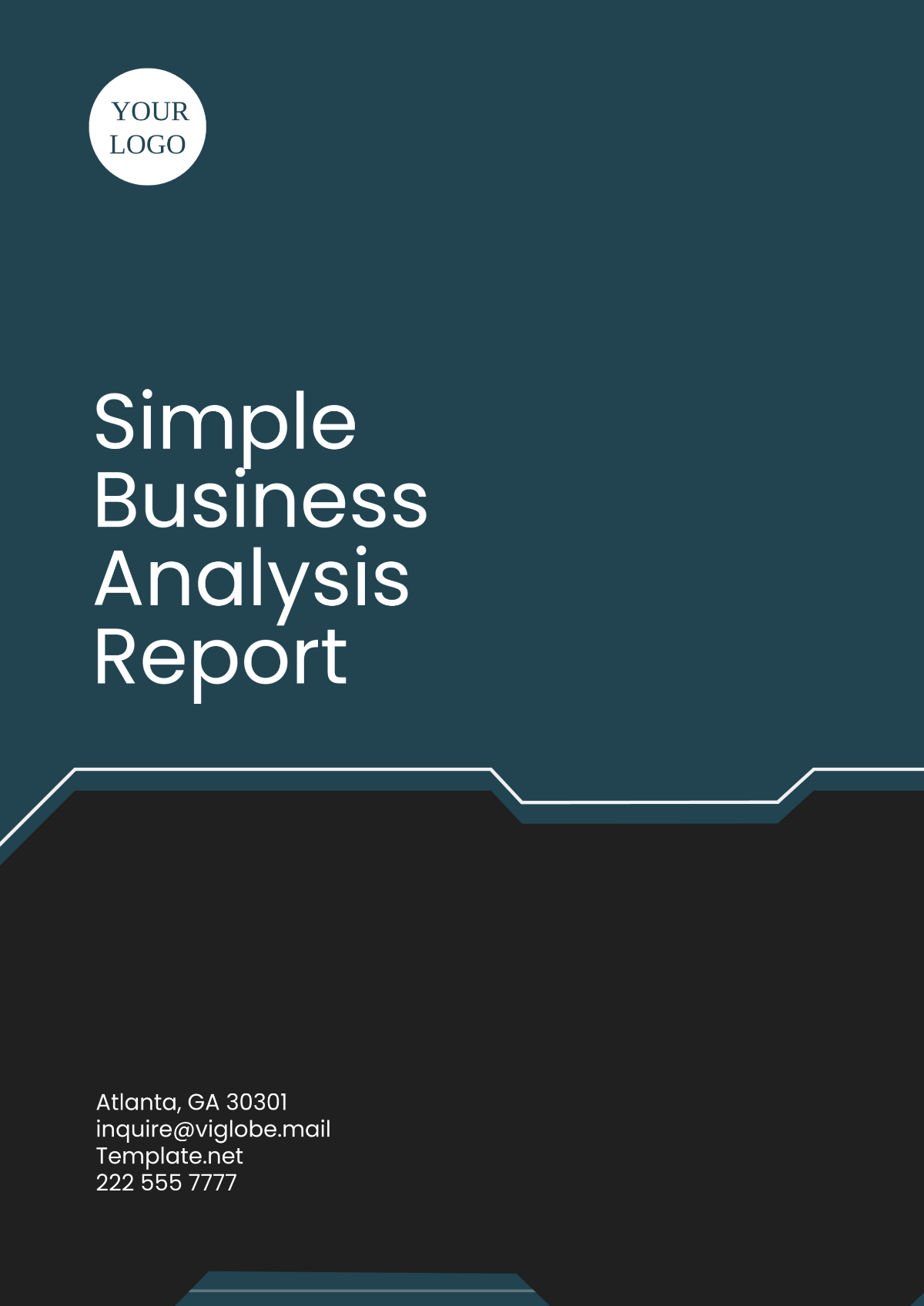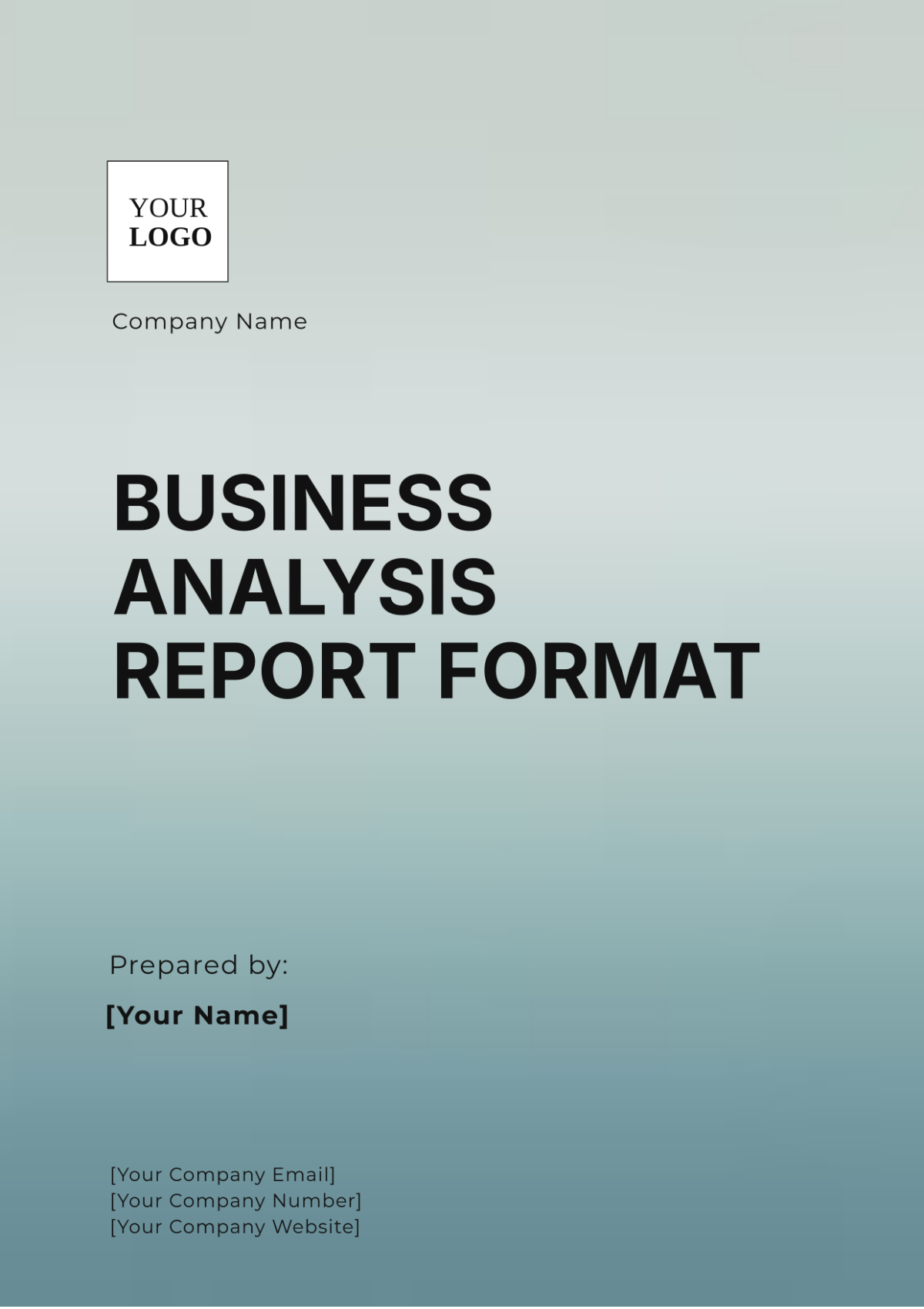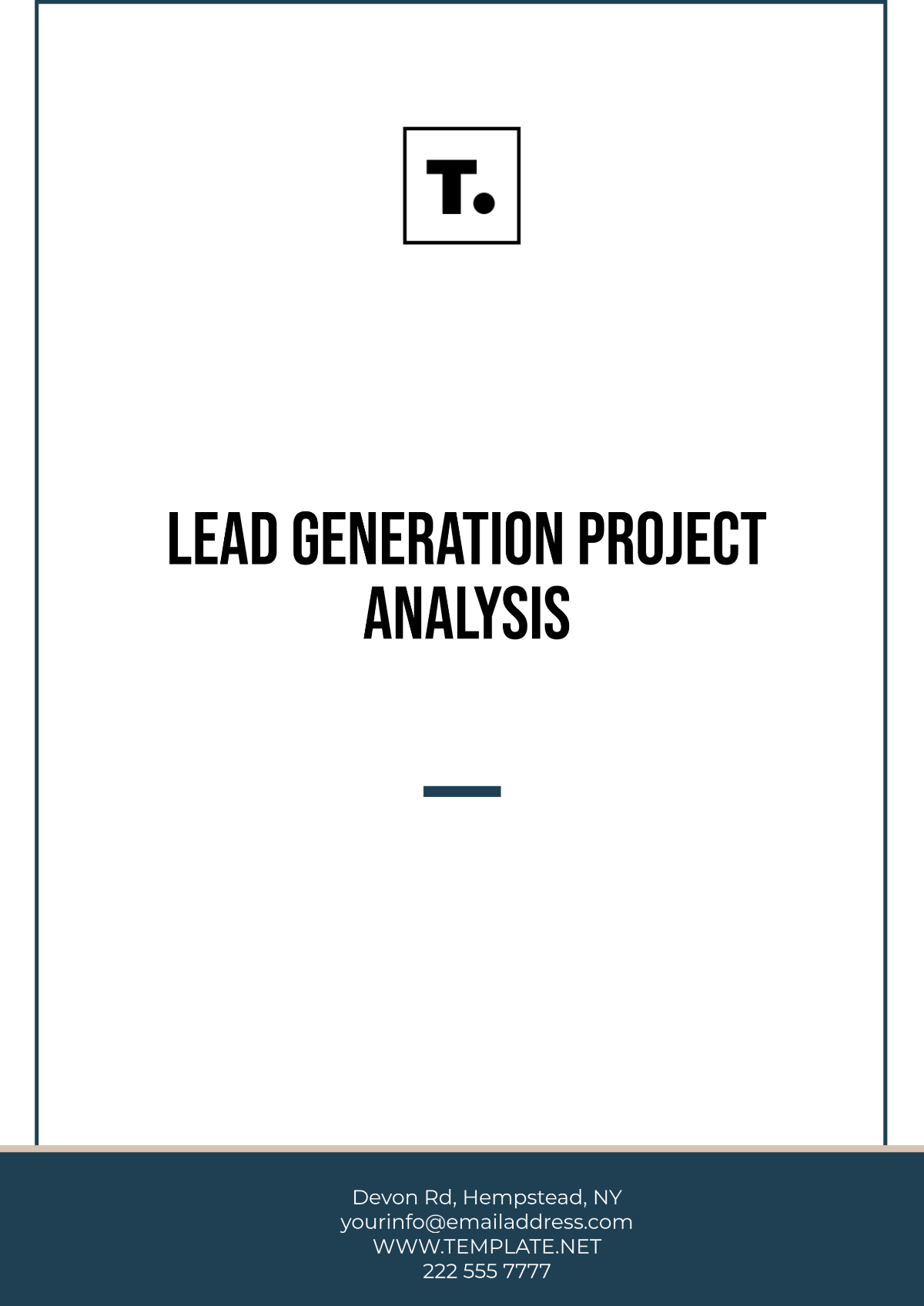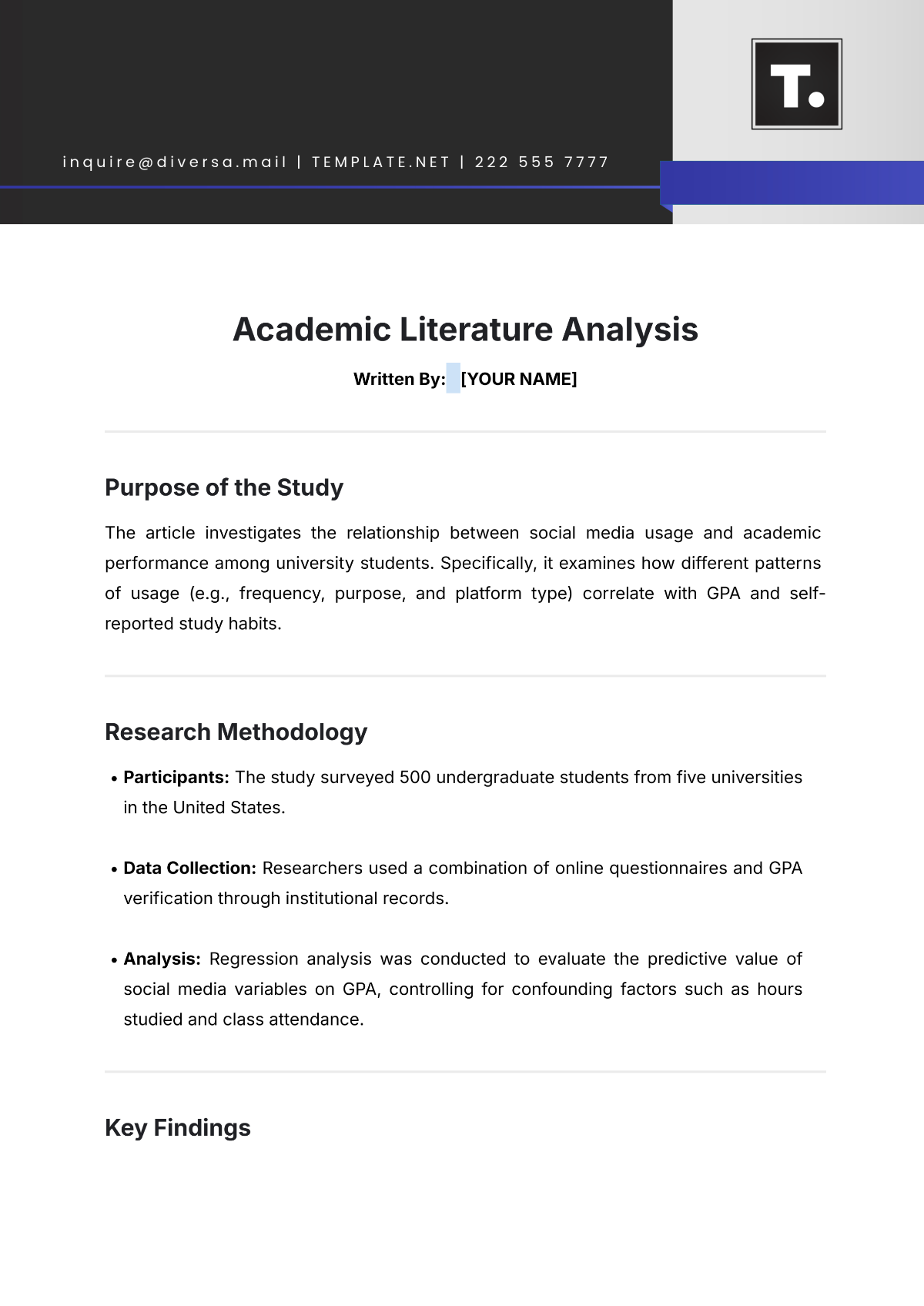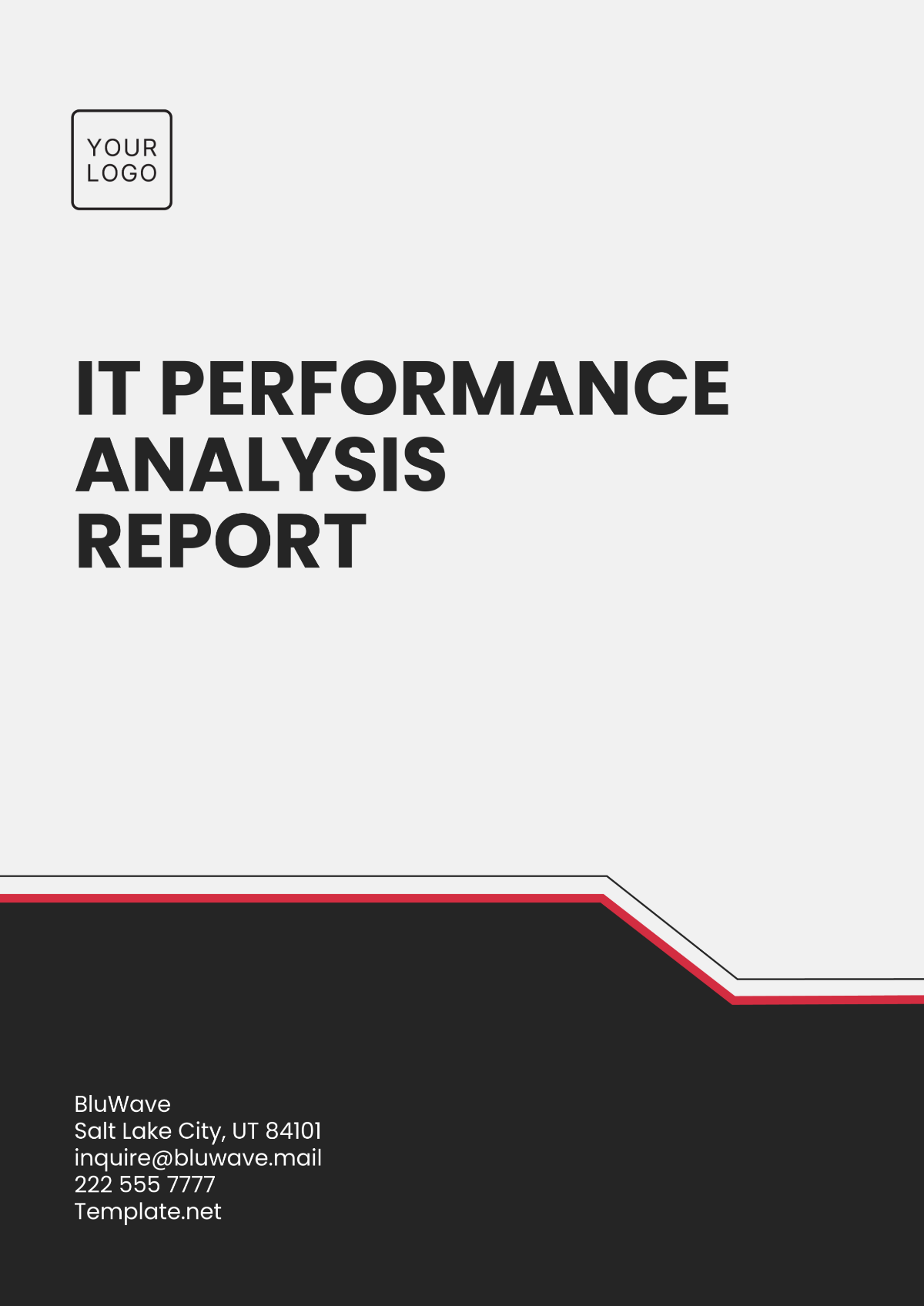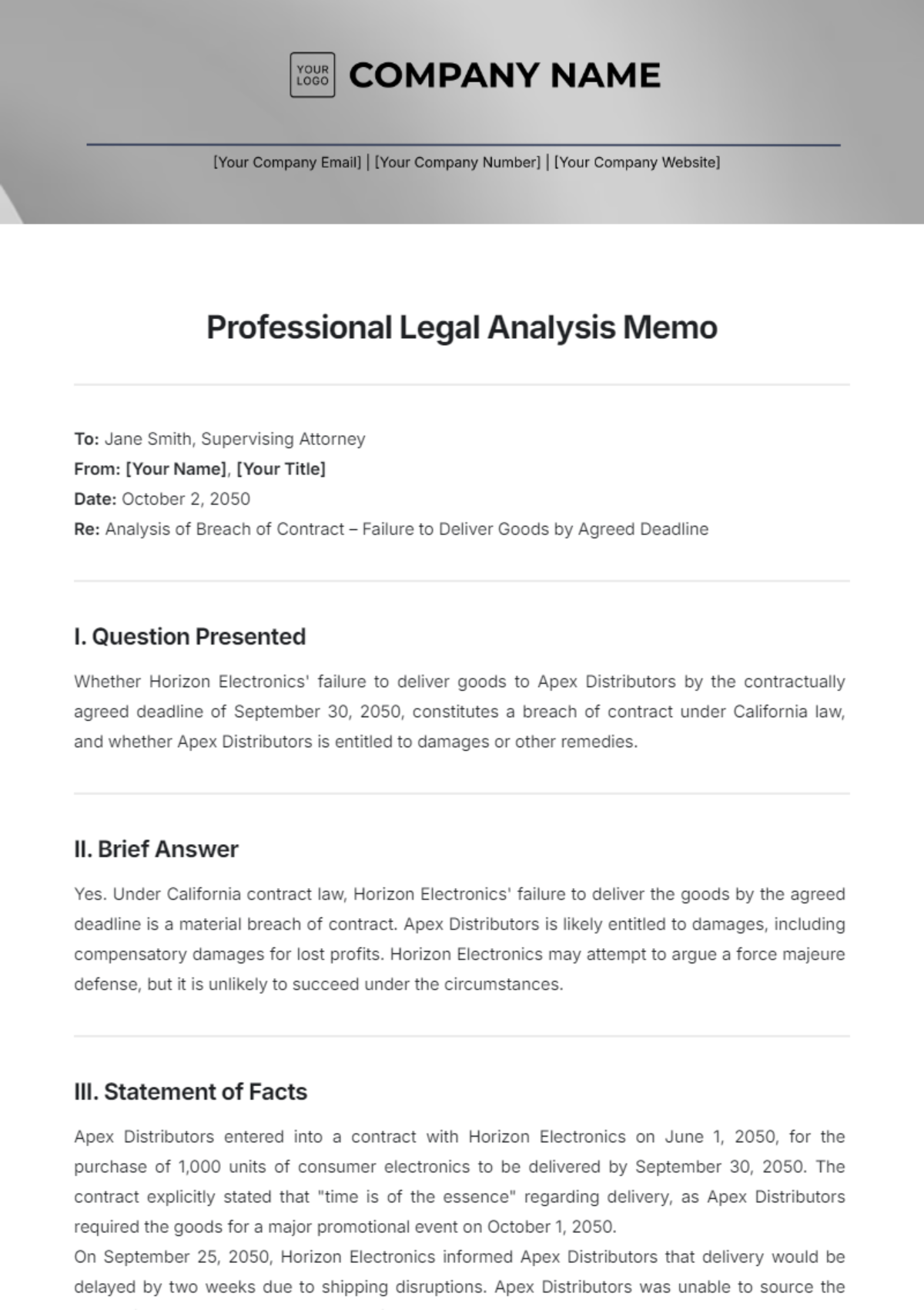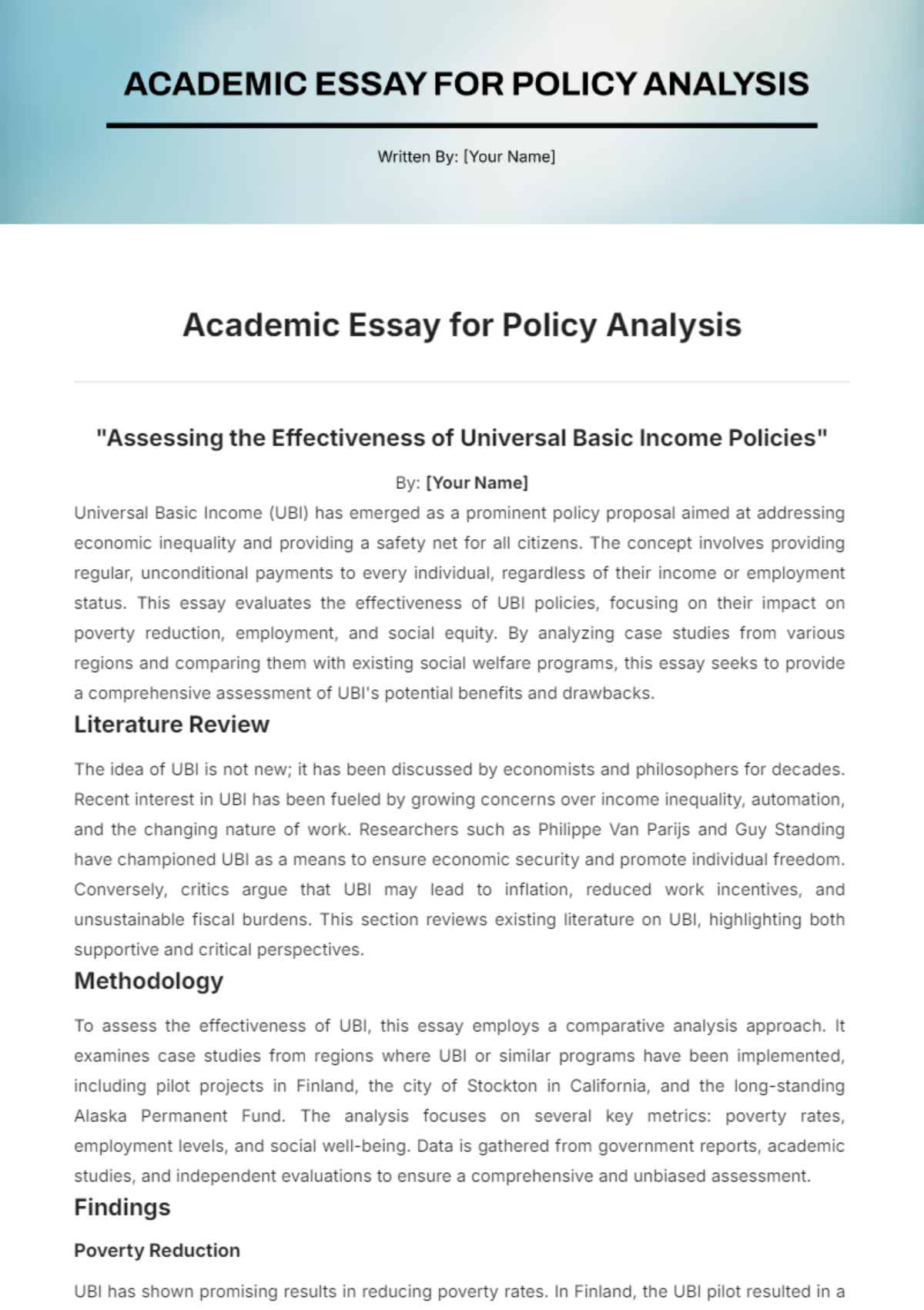Website Technical SEO Analysis Report
I. Introduction
This Website Technical SEO Analysis Report has been prepared for [YOUR COMPANY NAME] to assess the technical aspects of [CLIENT COMPANY NAME]'s website and provide recommendations for improving its speed and performance to enhance user experience and search engine rankings.
A. Purpose
The purpose of this report is to identify and address any technical issues that may be affecting the website's SEO performance, particularly in terms of speed and performance.
B. Scope
This analysis focuses on evaluating various technical aspects of the website, including but not limited to page speed, server response time, mobile-friendliness, crawlability, and indexability.
C. Methodology
The analysis was conducted using a combination of manual inspection and specialized tools to thoroughly examine the website's technical setup.
II. Website Speed Analysis
A. Page Speed Insights
Metric | Score |
|---|---|
Overall Score | 70/100 |
Mobile Speed | 60/100 |
Desktop Speed | 80/100 |
B. Core Web Vitals
Core Web Vitals | Measurement | Status |
|---|---|---|
Largest Contentful Paint | 3.5 seconds | Needs Improvement |
First Input Delay | 150 milliseconds | Good |
Cumulative Layout Shift | 0.1 | Good |
C. Recommendations
Optimize images to reduce file sizes and improve loading times.
Minify CSS and JavaScript files to reduce their size and decrease load times.
Implement lazy loading for images and videos to prioritize loading above-the-fold content.
Consider utilizing a content delivery network (CDN) to serve content from servers closer to the user's location for faster loading.
III. Server Response Time Analysis
A. Current Server Response Time
Metric | Measurement |
|---|---|
Average Response Time | 500 milliseconds |
B. Recommendations
Evaluate hosting provider options to find one with better server response times.
Optimize server configurations and cache settings to reduce response times.
Implement server-side caching mechanisms to improve performance.
IV. Mobile-Friendliness Analysis
A. Mobile Usability
Test Aspect | Result |
|---|---|
Mobile-Friendly Test | Passed |
B. Issues Identified
Issue | Description | Priority |
|---|---|---|
Text Too Small | Some text on the website is too small to read on mobile devices, which may lead to poor user experience. | High |
Clickable Elements Too Close Together | Certain clickable elements, such as buttons or links, are positioned too closely together, making them hard to tap. | Medium |
Viewport Not Configured | The viewport meta tag is missing or improperly configured, affecting how the page is displayed on mobile devices. | High |
C. Recommendations
Continue to ensure that new content and updates are optimized for mobile devices.
Test website performance on a variety of mobile devices and screen sizes to ensure consistency.
V. Crawlability and Indexability Analysis
A. Robots.txt and XML Sitemap
Item | URL |
|---|---|
Robots.txt | [CLIENT COMPANY'S WEBSITE]/robots.txt |
XML Sitemap | [CLIENT COMPANY'S WEBSITE]/sitemap.xml |
B. Recommendations
Regularly review and update the robots.txt file to ensure that important pages are not blocked from crawling.
Monitor XML sitemap submissions to search engines for any errors or issues.
VI. Conclusion
Based on the findings of this analysis, it is evident that there are several areas where improvements can be made to enhance the speed and performance of [CLIENT COMPANY NAME]'s website. By implementing the recommendations outlined in this report, [CLIENT COMPANY NAME] can significantly improve user experience and boost search engine rankings.



















